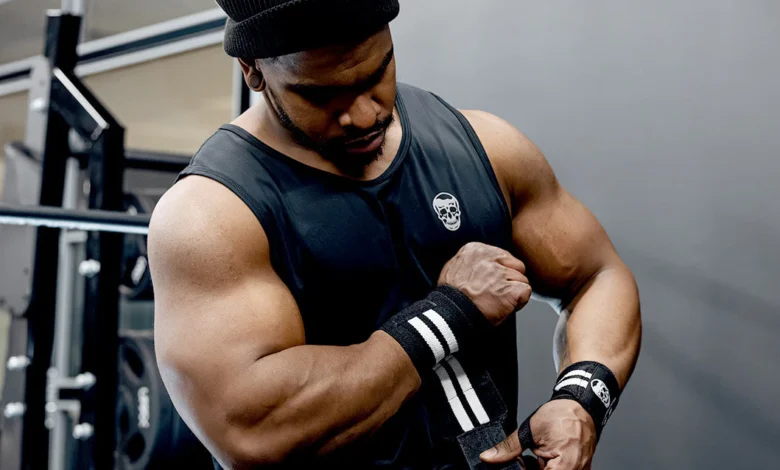The Anatomy of Power: Wrist Wraps in Weightlifting

Wrist wraps represent a critical yet often overlooked piece of equipment in the complex world of weightlifting. Beyond mere fabric and elastic, these specialized accessories embody the intersection of biomechanical support and athletic performance. They serve as silent guardians of joint integrity, providing athletes with a nuanced approach to managing physiological stress during intense strength training.
Anatomical Foundations: The Wrist’s Intricate Architecture
The human wrist is a marvel of biological engineering, comprising eight small carpal bones intricately arranged to provide flexibility and stability. These bones connect the forearm to the hand through a complex network of ligaments, tendons, and muscular connections. During weightlifting, this delicate structure experiences tremendous mechanical pressure, particularly during overhead lifts, pressing movements, and heavy load-bearing exercises.
When an athlete lifts significant weights, the wrist joints undergo substantial compressive and rotational forces. These forces can potentially exceed the natural range of motion and structural resilience of the joint. Wrist wraps emerge as a strategic intervention, redistributing mechanical stress and providing additional structural reinforcement.
Material Science in Wrist Wrap Design
Modern wrist wraps are engineered using advanced textile technologies. Typically constructed from a blend of elastic materials like cotton, polyester, and spandex, they offer a sophisticated balance between flexibility and rigidity. The strategic weave and material composition allow for dynamic support that adapts to the athlete’s movement patterns.
The fundamental principle behind wrist wraps is controlled compression. By applying measured pressure around the wrist joint, these accessories achieve multiple physiological objectives:
- Stabilizing the carpal and radiocarpal joints
- Reducing micro-movements during heavy lifts
- Enhancing proprioceptive feedback
- Mitigating potential strain on connective tissues
Physiological Benefits: Beyond Mechanical Support
Wrist wraps are not merely passive stabilizers but active contributors to an athlete’s performance ecosystem. The compression they provide triggers subtle neurological responses, enhancing the body’s proprioceptive awareness and muscular engagement.
When wrapped correctly, wrist wraps create a sensory feedback loop. The controlled pressure stimulates mechanoreceptors in the skin and underlying tissues, providing the central nervous system with enhanced spatial awareness. This neurological communication can marginally improve lifting technique and reduce the likelihood of compensatory movements.
Advanced Application: Technique and Precision
Proper wrist wrap application is an art form requiring understanding of individual biomechanics. Athletes must consider factors like:
- Wrap thickness
- Elastic tension
- Personal anatomical variations
- Specific lifting modalities
Incorrect application can potentially diminish their protective and performance-enhancing capabilities.
Training Adaptations and Long-Term Considerations
While wrist wraps provide immediate support, athletes must balance their use with ongoing joint and muscle conditioning. Excessive dependence can potentially inhibit natural strength development in stabilizing muscles.
Experienced athletes typically integrate wrist wraps strategically:
- During maximal load attempts
- In competition settings
- When rehabilitating minor wrist complications
- During high-volume training phases targeting specific muscle groups
Psychological Dimension: Confidence and Mental Preparation
Beyond physical support, wrist wraps play a significant psychological role. The sensation of additional joint stability can boost an athlete’s confidence, allowing more mental focus on technique and performance execution.
Proper maintenance extends the functional lifespan of wrist wraps. Regular cleaning, proper storage, and periodic replacement ensure consistent performance and hygienic usage.
Summary
Wrist wraps represent more than a simple accessory. They are sophisticated performance tools that bridge human physiology, material engineering, and athletic ambition. When used judiciously, they become an integral component of an athlete’s comprehensive strength training strategy. Understanding their nuanced role requires appreciating the delicate balance between mechanical support and natural physiological adaptation. As with any training tool, their effectiveness lies not in absolute reliance but in intelligent, context-aware implementation.


